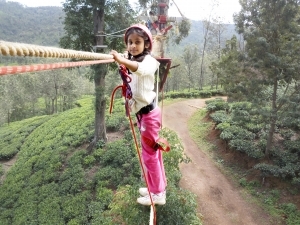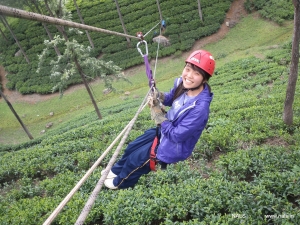FAQ's
FAQs provide immediate answers to some of the routine, but necessary, questions that customers ask and need to know. Due to the vast terrain of the Himalayas and associated uncertainties of weather , it is impossible to predict snow availability (a very common question by customers travelling long distances). We must agree that seeing and playing on snow has become a major game of luck in some seasons which, earlier, we took for granted.


.jpg)

